Last month this column explored the monthly pass concept as a way to attract millennials to sporting events. My observational and experiential research indicates to me that if you want to attract millennials, the experience and opportunity to interact with others is often as important or possibly more important than the actual content of the event. The most innovative and creative spaces I have seen are in baseball parks, which makes sense given both the size of the venue and the number of games needing to attract an audience. The unique dimensions of baseball stadiums lend themselves to having creative spaces that can be tailored to the interests and imaginations of marketers and fans alike. One of the first unique attraction spaces was the swimming pool located beyond the right field fence at Chase Field, home of the Arizona Diamondbacks, which opened in 1998.
Baseball parks have continued to be at the forefront of evolving spaces. Petco Park, home of the San Diego Padres, features a beach, a park within the park, a mini baseball field, a three-story warehouse with multiple party decks and a rooftop bar/party area, and my favorite feature, the Bark Yard. The Bark Yard features suites for dog owners to attend every game with their dog in an area supervised by Petco employees who provide each dog with — you guessed it — a doggie bag full of treats and samples of Petco Products.
The Frisco RoughRiders, Class AA affiliate of the Texas Rangers, added the Choctaw Lazy River prior to the 2016 season — described as one of the most unique viewing and entertainment experiences in all of professional sports. The 3,000-square-foot river is located above the outfield wall and offers an opportunity to watch the game while floating and enjoying your favorite food and beverages.
Citi Field, home of the New York Mets, offers several fan-friendly creative spaces to enjoy the experience of attending a baseball game without the restriction of having a set seating location. “We are constantly looking at ways to enhance the ballpark experience in order to increase attendance, retain fans, and provide an outstanding experience, whether it is with outstanding food options, excellent guest services, high energy entertainment, etc.,” said Lou DePaoli, executive vice president of business operations. “Data showed us that creating more interactive/social spaces in the ballpark would enhance the overall fan experience by providing a deeper level of engagement and satisfaction. Thus, we have focused on creating more interactive/social spaces at Citi Field over the past few years, which have all proven to be very popular.”
One of those interactive/social spaces is the Coca-Cola Corner in left field. According to DePaoli, “It is the social nature of this area that has made the area so popular. This was previously an area that we struggled to get fans to, but was identified in our meetings with Coca-Cola in 2015 as an area with lots of potential for social engagement. Since they officially became our partner, Coca-Cola has done an amazing job transforming this area into one that is a must-see for fans when they come to Citi Field.”
Creative spaces gallery:
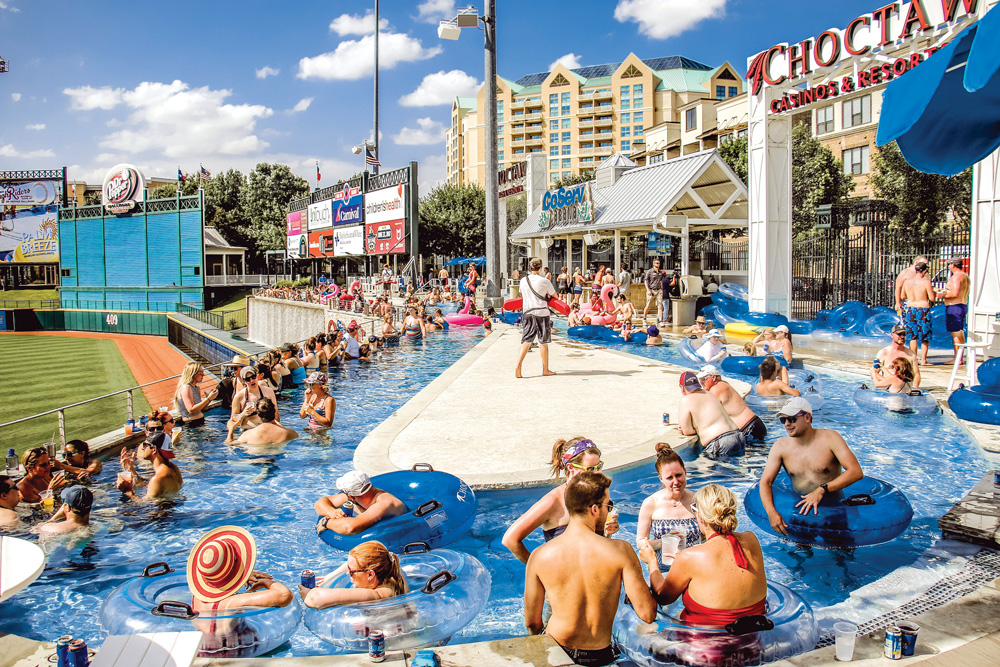
1/10
The Choctaw Lazy River is a popular gathering space for Frisco RoughRiders fans.
Photo: frisco roughriders 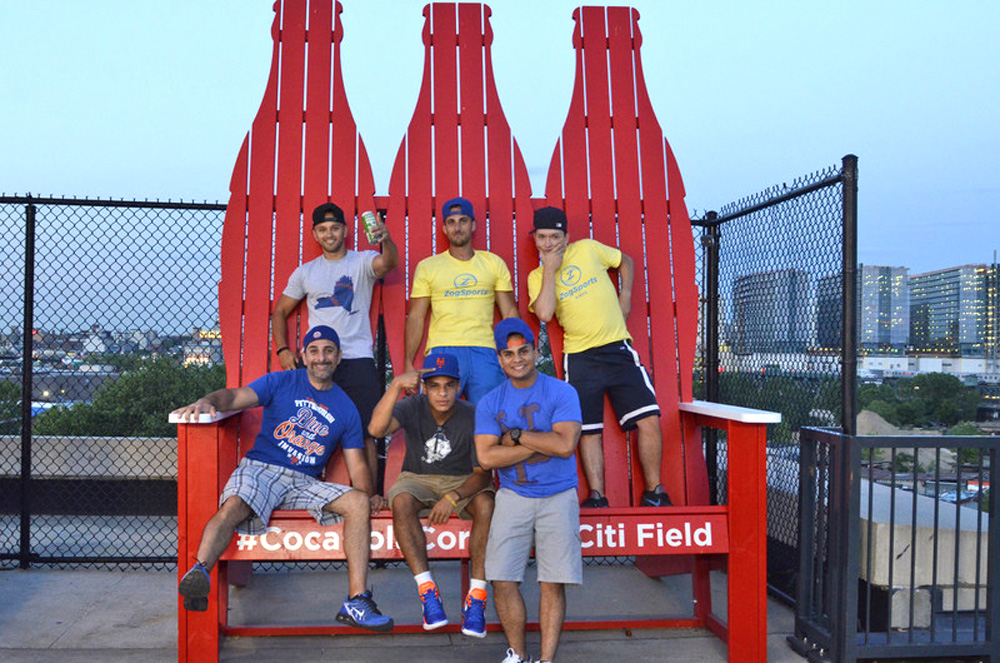
2/10
Coca-Cola has transformed an underused corner of Citi Field into a must-see destination.
Photo: new york mets 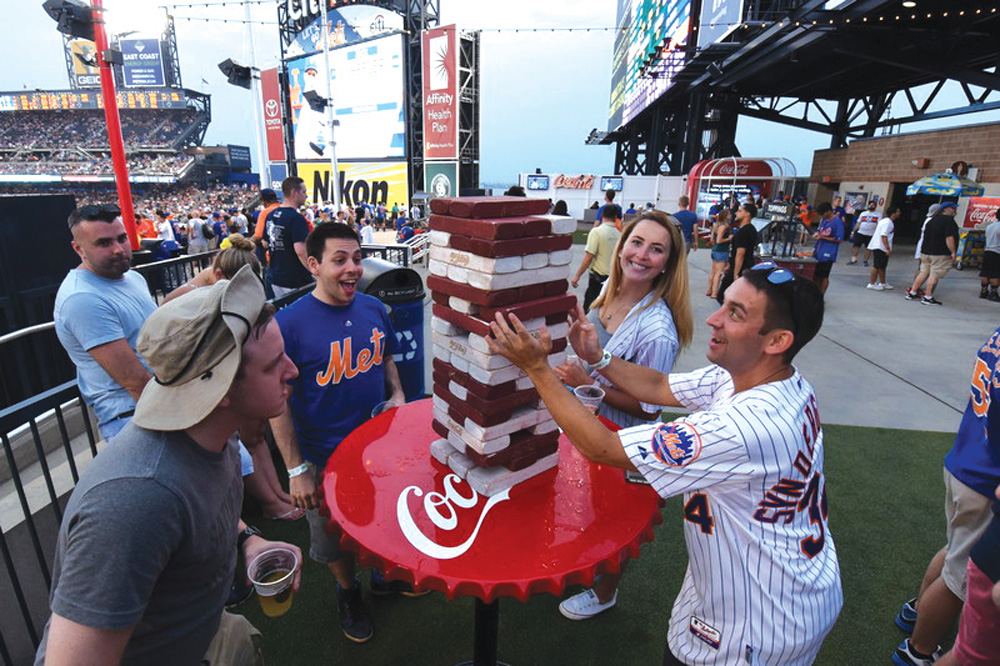
3/10
Room to gather and play: Citi Field’s Coca-Cola Corner.
Photo: new york mets 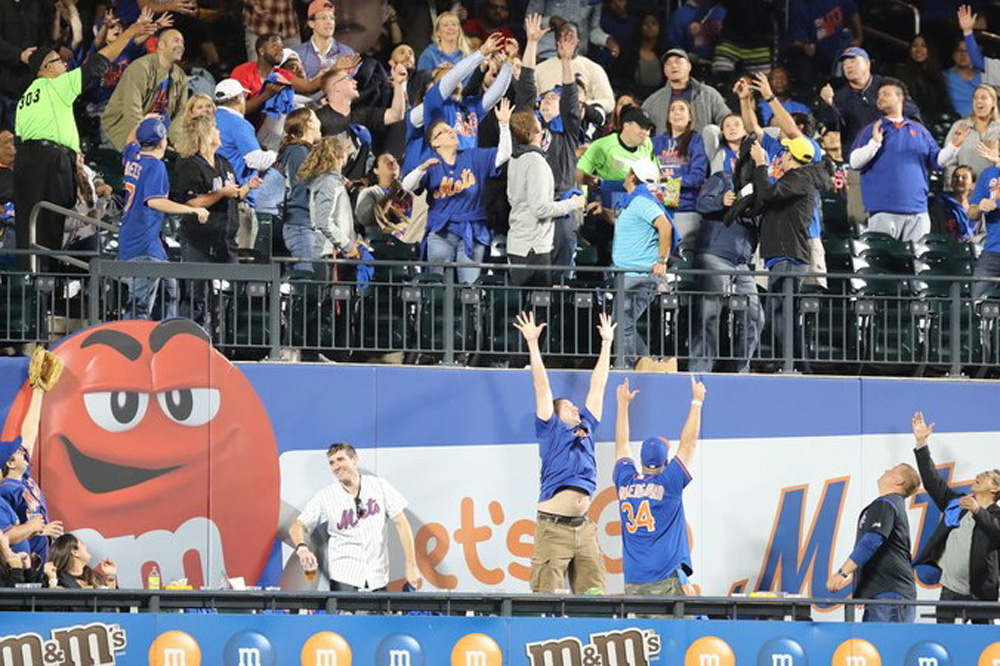
4/10
The M&M’s Sweet Seats at Citi Field is one of the most popular areas of the ballpark.
Photo: new york mets 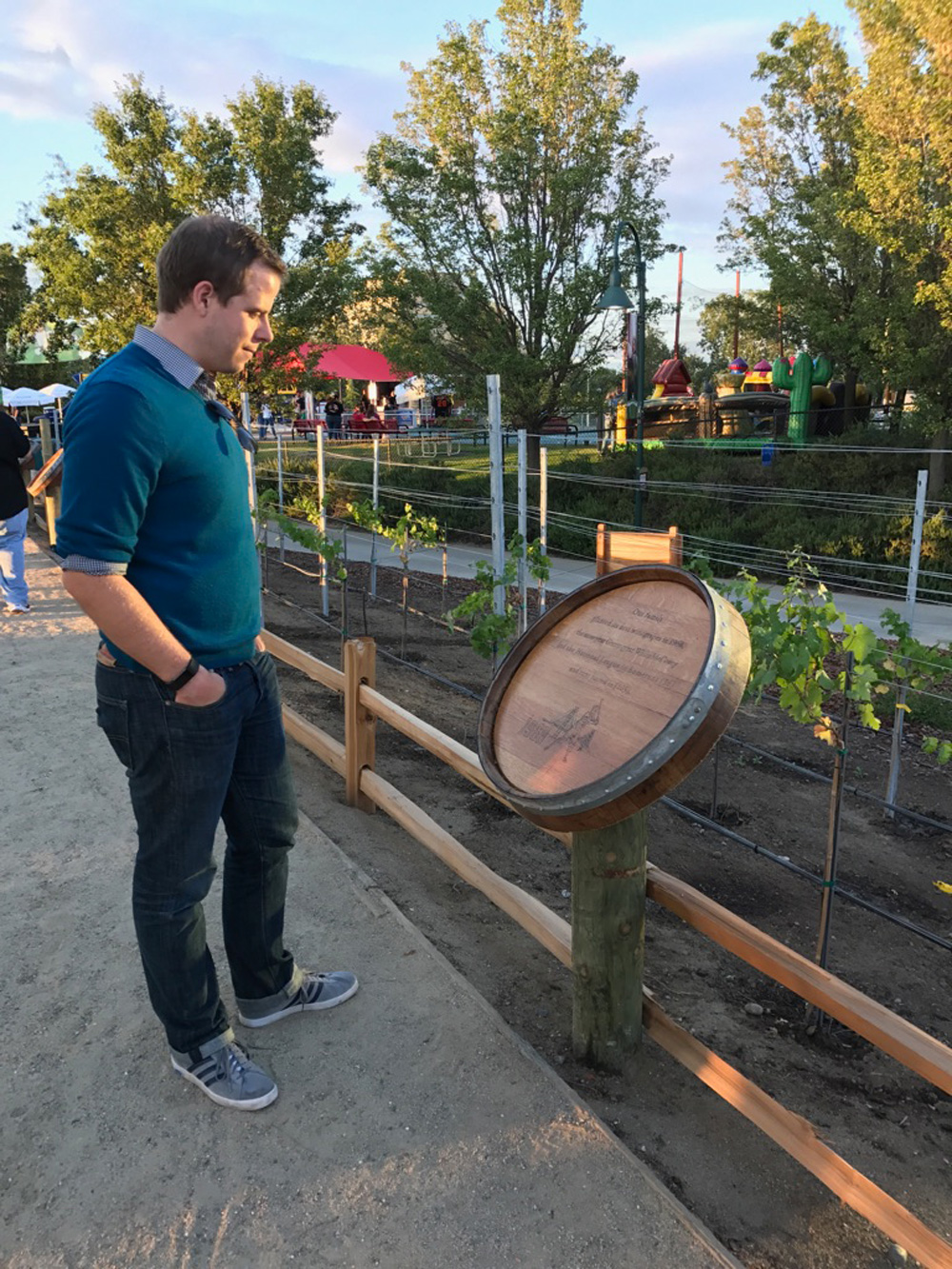
5/10
The Sacramento River Cats and Bogle worked together on an underused part of Raley Field and turned it into a revenue generator. The nearby winery has grapes growing at the ballpark, which will be used in future wine production and gift bottles.
Photo: sacramento river cats 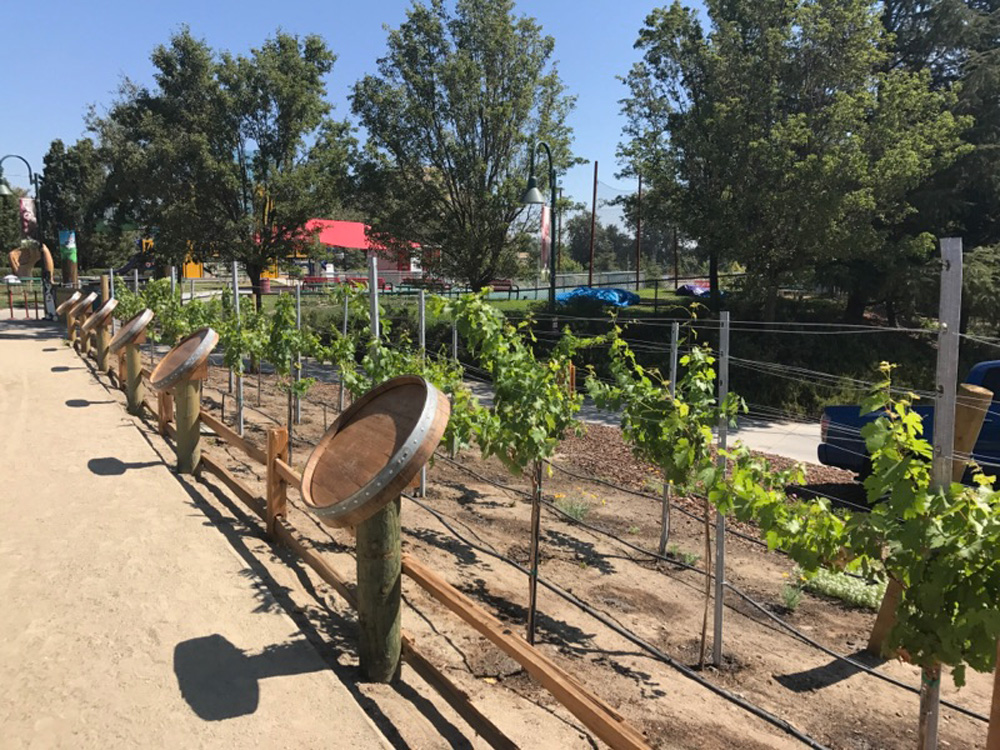
6/10
Photo: sacramento river cats 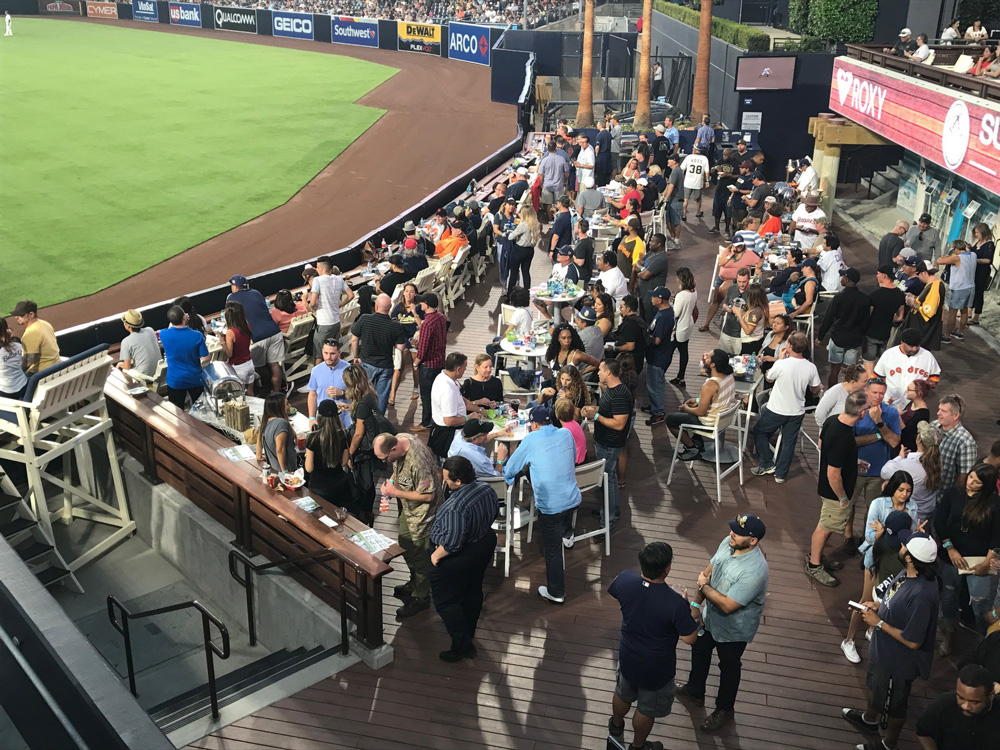
7/10
The Sun Diego Beach and The Pier are group spaces beyond center field at Petco Park.
Photo: san diego padres 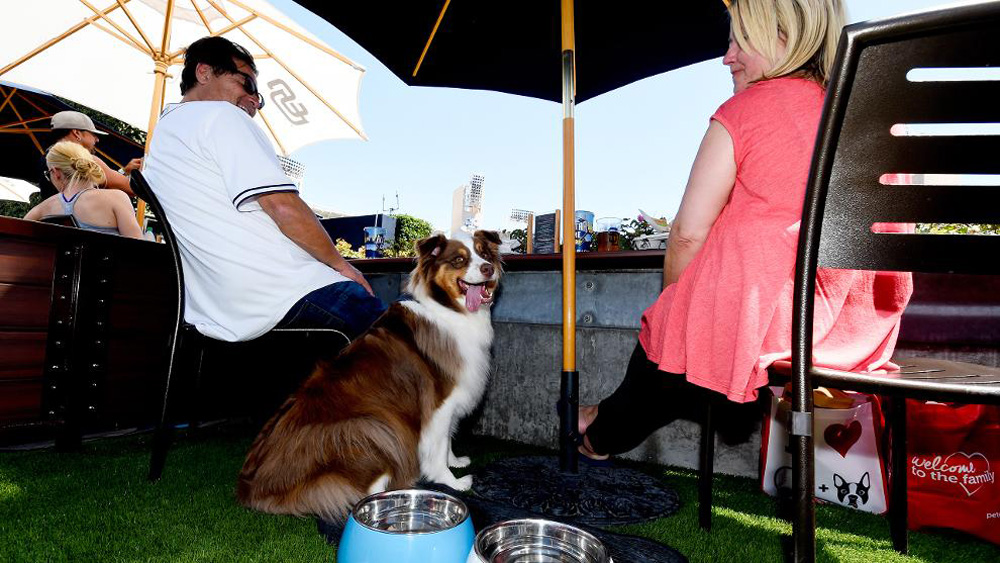
8/10
The Bark Yard suites at Petco Park.
Photo: san diego padres 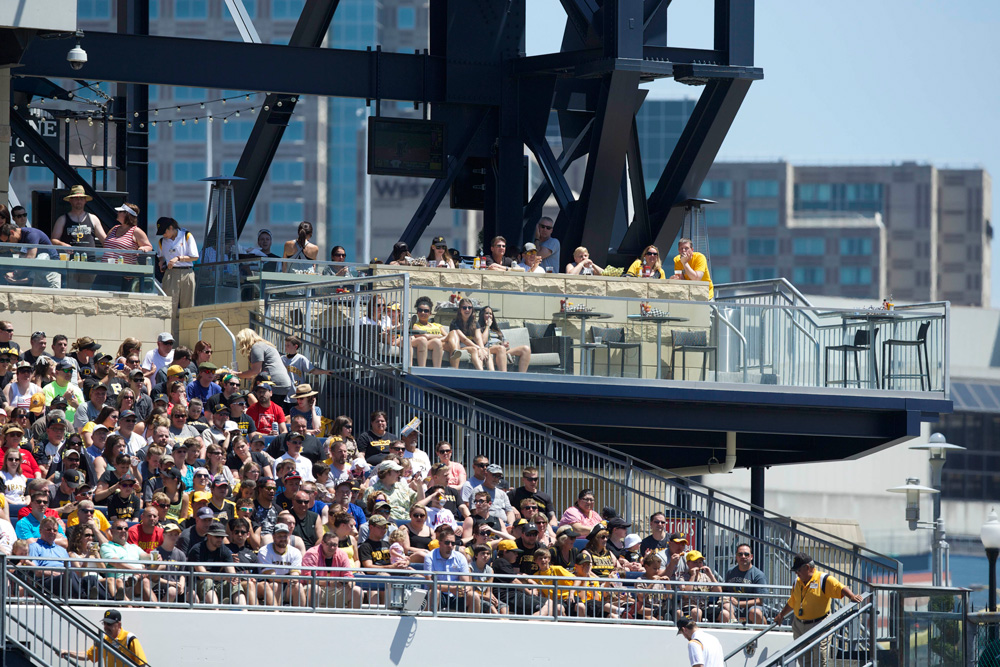
9/10
The Porch at PNC Park provides a unique game experience with barstools and outdoor sofa-style seating.
Photo: pittsburgh pirates 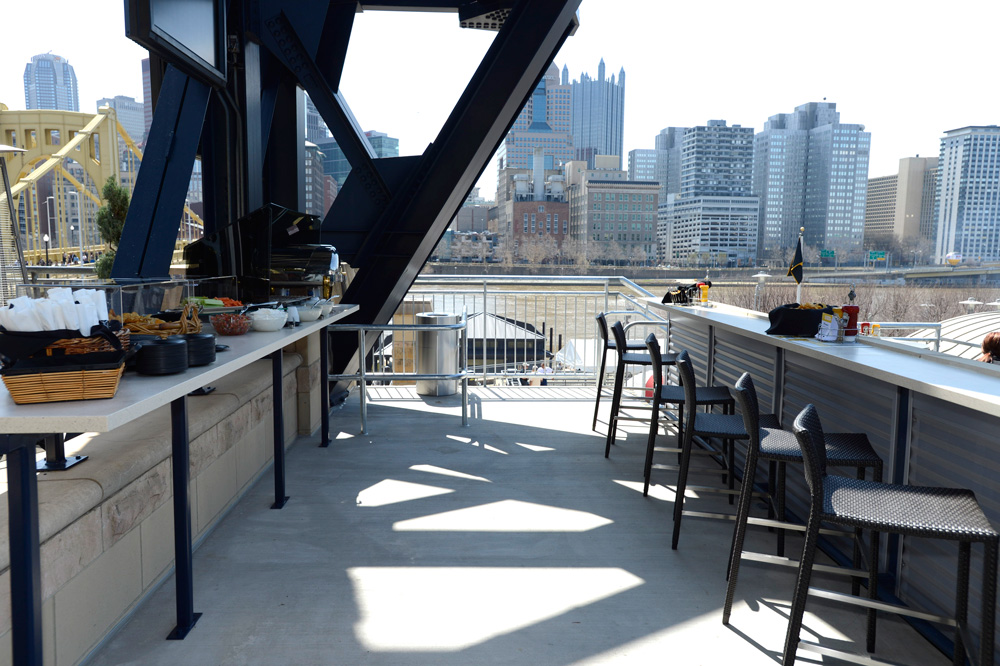
10/10
Photo: pittsburgh pirates PREVIOUS
NEXT
Other venues, such as Atlanta Motor Speedway (AMS), are experimenting with reducing the number of seats and replacing them with unique revenue-producing spaces. The Restart Bar was recently added to the Earnhardt Grandstand at AMS. AMS removed 800 seats to make room for the Restart Bar, which can accommodate approximately 300 people. According to Ed Clark, AMS president, “People are enjoying events in different ways now. This concept gives us another avenue for people to be entertained and enjoy the race. I can see us doing this elsewhere with a bigger deck with more people. Like everything else, people want to move around and have different options. It’s about more than sitting and watching a race.”
That last statement should echo home with everyone. If attracting millennials is important to sports and entertainment venues, then we must realize certain practices no longer work. For example, if your group sales department is trying to sell to a group of millennials, they need to understand that sitting in a row of 18 people isn’t going to bring that sale to fruition. Millennials want space that not only provides them an opportunity to interact with a number of different people, but also offers an intriguing location that can be featured in whatever content they create to share on their social networks.
A second factor, which might be a little disconcerting to those same sports and entertainment organizations, is that their game is going to be consumed differently by millennials. Millennials are not likely to consume a baseball game by watching every pitch and probably not by watching every inning. They are more likely to consume it in small “bite-size” pieces and be more focused on playing cornhole with their friends at Citi Field, enjoying time with their dog at Petco Park or possibly floating for two hours in Frisco’s lazy river.
Stadiums and arenas need to be viewed as physically fluid. They shouldn’t be filled from end to end with seats, but should have some creative open spaces that can evolve as the tastes and desires of the audience change. Remember, theater boxes and similar seating options didn’t exist 20 years ago. Now the trend appears to be creative spaces and interesting places — but not necessarily with assigned seats.
Bill Sutton (wsutton1@usf.edu) is the founding director of the sport and entertainment business management MBA at the University of South Florida and principal of Bill Sutton & Associates. Follow him on Twitter @Sutton_ImpactU.














